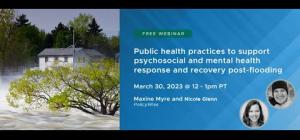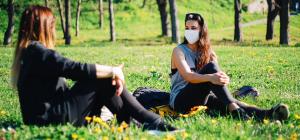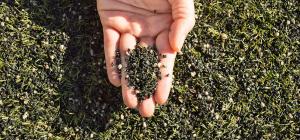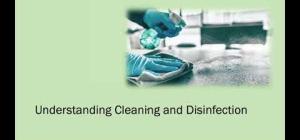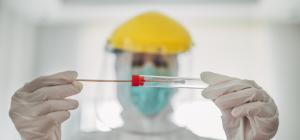
Using a hierarchy of evidence to assess chemical health risks of artificial turf

Over the past 40 years, artificial turf has become common in public and private settings. Compared to natural turf, artificial turf is easier to maintain, requires less water and no fertilizer, and provides a year-round access to playing surfaces. This is presumed to have important public health benefits by promoting physical activity and access to recreational space, although detailed research into benefits is lacking. However, artificial turf has potential drawbacks that range from environmental risks (e.g., chemical leaching to waterways), physical hazards (e.g., heat exposure and increased rates of injury), and finally toxicological hazards. Public risk perception around artificial turf has been amplified by a recent documentary claiming to have found an increased incidence of cancer among young adults playing soccer on artificial turf.
As a result of this widespread use and growing public concern, public health agencies are frequently asked to weigh the risks and benefits of artificial turf facilities. However, this is challenging given that relatively few studies addressed artificial turf health impacts. Furthermore, data on the presence or release of certain toxic compounds is often discussed without reference to exposure scenarios. The aim of this document is to facilitate public health decision-making by discussing the strengths and limitations of the methods used to study the chemical risks of artificial turf, and how these studies contribute to our developing understanding of artificial turf health risks.



